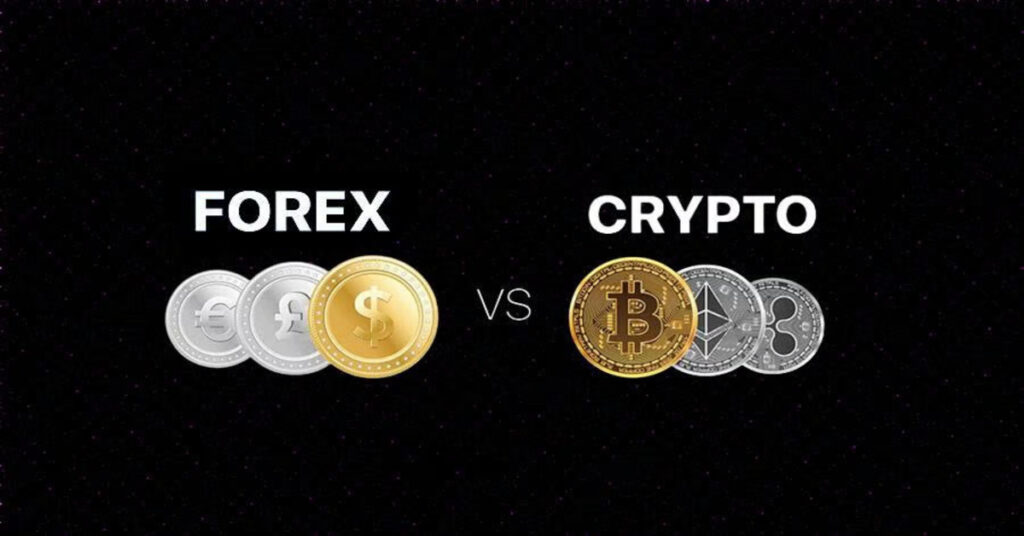Gold prices have been a topic of interest for investors and analysts alike, with many wondering whether they are jumping the gun. Falling real yields have made gold more attractive to investors, and the US economy is currently in focus. Analysts are predicting a measured climb for XAU/USD, with the future of gold prices hinging on the dollar, yields, and the Federal Reserve outlook.
Recent developments have fueled speculation that the Federal Reserve might halt its interest rate hikes, propelling spot gold up by 0.9% to $1,962.44 per ounce and U.S. gold futures to a 0.8% rise. Despite a weakening US dollar, gold prices (XAU/USD) are currently experiencing a slight dip, trading at $1980.58. The December Comex Gold futures are also showing a marginal decrease of 0.01%.
Overall, the current state of gold prices has been affected by a variety of factors, including falling real yields, the US economy, and the Federal Reserve outlook. Future predictions for XAU/USD suggest a measured climb, with the path of gold prices being influenced by the dollar, yields, and other external factors.
Key Takeaways
- Falling real yields have made gold more attractive to investors, and the US economy is currently in focus.
- Recent developments have fueled speculation that the Federal Reserve might halt its interest rate hikes, propelling spot gold up.
- The future of gold prices hinges on the dollar, yields, and the Federal Reserve outlook.
Current State of Gold Prices
https://www.youtube.com/watch?v=FvQMTq3Q6NE&embed=true
Gold prices have been fluctuating in the past few weeks, with some analysts suggesting that they may be jumping the gun. The current price of gold is hovering around the $2,000 mark, and it is unclear whether it will continue to rise or fall.
One factor that is affecting gold prices is the yield on U.S. Treasury bonds. When yields are high, investors tend to move their money out of gold and into bonds, which offer a higher return. However, when yields are low, investors may turn to gold as a safe haven investment.
Another factor that is influencing gold prices is inflation. As inflation rises, the value of the U.S. dollar decreases, which can lead to an increase in the price of gold. However, if inflation remains low, the price of gold may not see much movement.
The Federal Reserve is also closely watched by investors, as their decisions on interest rates can have a significant impact on the price of gold. If the Fed decides to raise interest rates, it could lead to a decrease in the price of gold. On the other hand, if the Fed keeps interest rates low, it could lead to an increase in the price of gold.
Technical analysis is also used to predict the future movement of gold prices. Resistance levels and support levels are closely monitored, as well as moving averages and the Relative Strength Index (RSI).
Overall, the short-term outlook for gold prices is uncertain, with various economic indicators and risks affecting the market sentiment. Investors should closely monitor the economic calendar, including GDP, PMI, and CB Consumer Confidence, as well as any statements from Fed officials. The SPDR Gold Trust ETF can also be used as a gauge of investor sentiment towards the precious metal.
Future Predictions and Influences
https://www.youtube.com/watch?v=g_d5Xp-Tjds&embed=true
Gold prices have been on the rise, but the question remains whether this trend will continue. According to implied Fed funds futures, there are roughly 85bps of cumulative interest rate cuts expected by December 2024, which could influence the price of gold. However, the Federal Reserve and other central banks have been cautious with their monetary policy decisions, so it remains to be seen how much of an impact these cuts will have on gold prices.
Geopolitical tensions can also play a role in the price of gold, as it is often seen as a safe-haven asset during times of uncertainty. The recent conflict between Israel and Hamas in the Middle East could potentially have an impact on the price of gold as investors seek out safe-haven assets.
Additionally, economic indicators such as US PMI and US Treasury bond yields could influence the price of gold. If the US economy continues to show signs of strength, this could lead to higher Treasury yields and a stronger US dollar, which could potentially put downward pressure on gold prices.
Looking ahead, the European Central Bank’s monetary policy decisions could also have an impact on the price of gold. If the ECB decides to lower interest rates, this could potentially lead to a weaker Euro and a stronger US dollar, which could put downward pressure on gold prices.
It is important to note that these are forward-looking statements and that actual results may differ from these predictions due to various factors. Therefore, investors should always exercise caution and do their own research before making any investment decisions.









